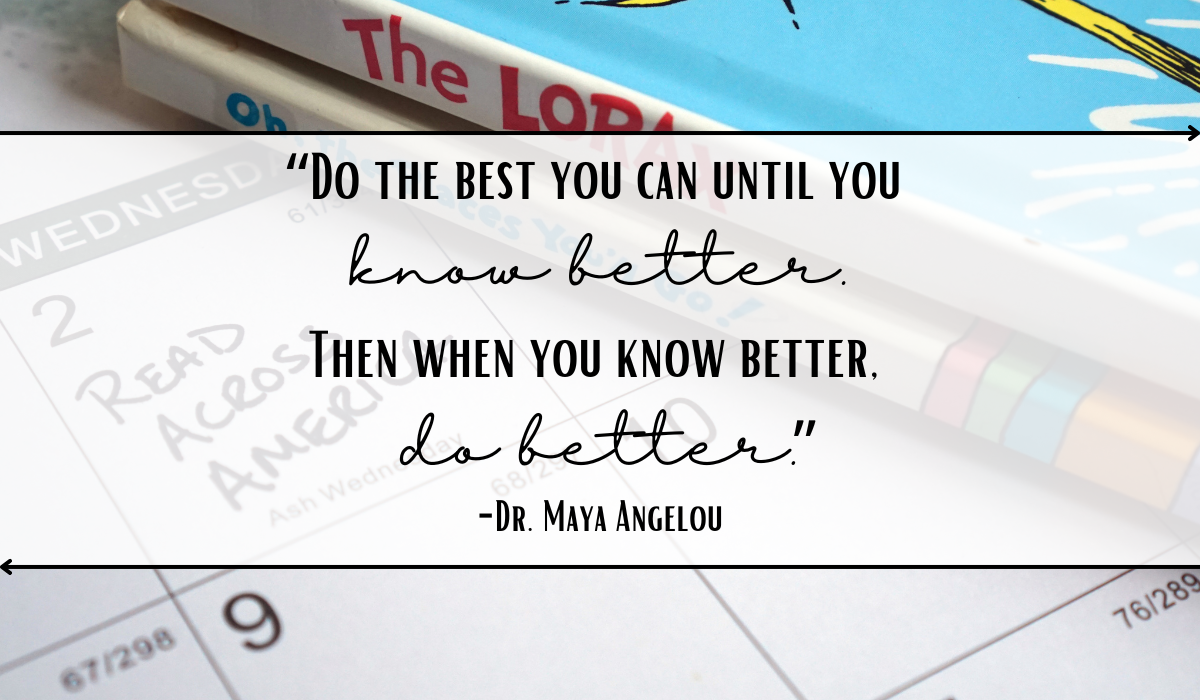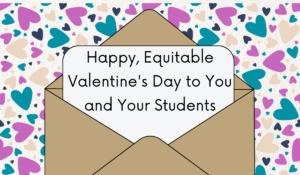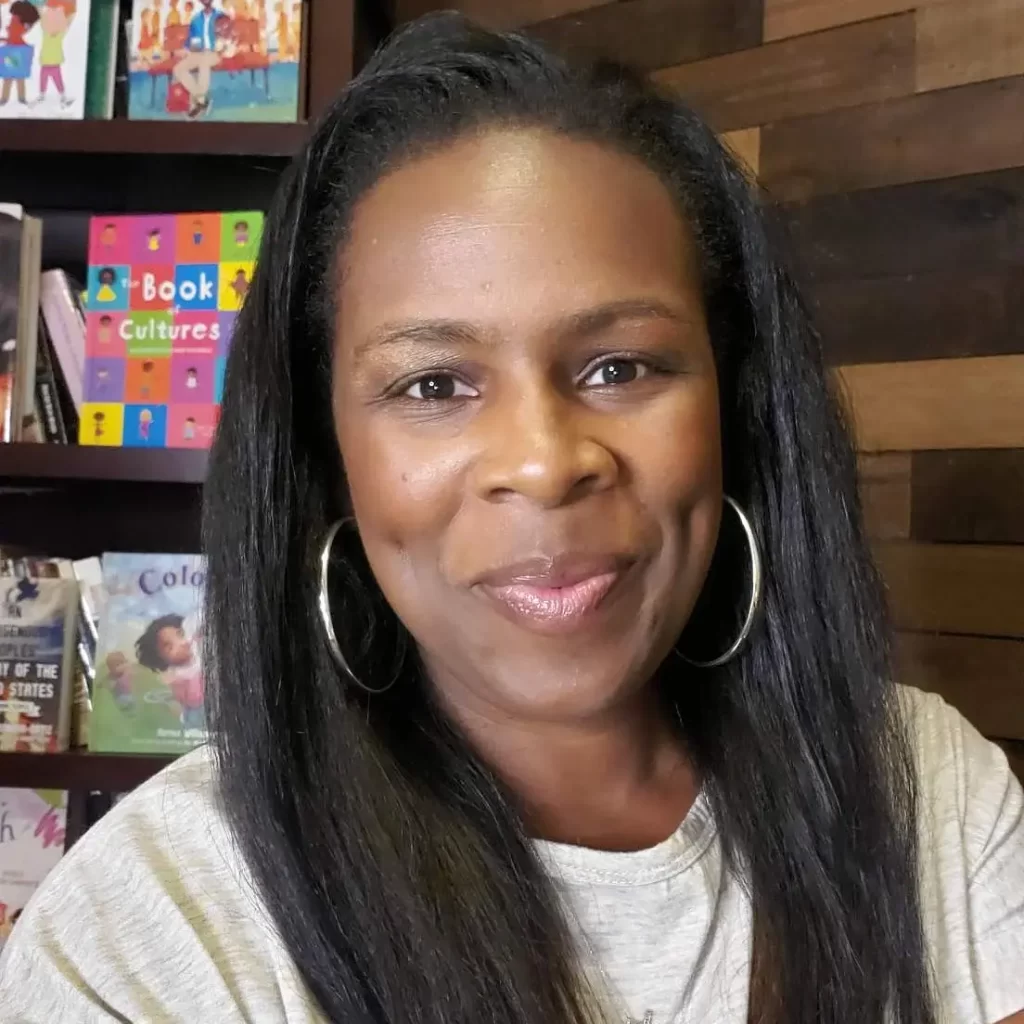Dr. Seuss and Read Across America Week have been synonymous for a very long time, but they are not one and the same. Read Across American Week is a celebration started and created by the National Education Association in 1997. The first Read Across America Day actually took place on March 2nd, 1998. This day, March 2nd, coincides with the birthday of Dr. Seuss. For this reason, the Read Across America celebration often became tied to Dr. Seuss Day and Dr. Seuss week, but that is no longer the case, and the celebration of reading that is organized and promoted by the National Education Association has definitely evolved.
This year, their theme is create and celebrate a nation of diverse readers, and it’s no longer just one day. It went from one day to one week to now, the NEA is encouraging teachers to celebrate diverse reading all year long. Click HERE to access the page on their website where you can see 12 months of recommended books, authors, and teaching resources. NEA is fully equipping you so that you can promote diverse and inclusive practices when you are reading these books.
 Why no more, Dr. Seuss?
Why no more, Dr. Seuss?
Going from a full week of Dr. Seuss to none at all is a pretty drastic change. This shift happened for several good reasons. First, change is good. There are thousands of amazing authors having an impact on the minds and lives of people. Secondly and MOST important, there has been some information that, although it’s not new, has really come to the forefront about Dr. Seuss and the way that he conducted himself in the days and the years before he became this cultural icon.
I’m not going to tell you what to think because that’s not my job, but what I would like to do is encourage you to become aware, to equip yourself with knowledge and understanding. At the bottom of this blog post I will link to a couple of different articles that I have read and that I’ve found to be very, very helpful over the years as I have been doing my own research on Dr. Seuss and what it is that he said and did. I would love to hear your thoughts on these.
One of the articles talks about how six of the Dr. Seuss books that had been in publication up until 2021 were no longer going to be published because there were racist images and racist phrases that were being used. Another article talks about some of the cartoon and caricatures that Dr. Seuss drew in the years again before he became this cultural icon. The article talks about how many of the cartoons are racist and they are just not okay. At the bottom of the blog I will list more articles because I want to encourage you to arm yourself and to equip yourself with information.
We always want to know who the people are that we are championing. I always encourage my students to understand that there is no perfect person in this world. We all make mistakes. We all trip up, and that’s okay. Honestly, there is no way around it. There’s not a way for us to not make mistakes in this life, but there are some mistakes that you make that you will struggle to come back from. There are certain things that you say and that you do, ways that you treat people that make it very challenging for you to gain the respect and the trust of other people that you would want to be in your circle.
 Dr. Seuss is back in the literacy conversation
Dr. Seuss is back in the literacy conversation
So, Dr. Seuss, although he is long since passed away, has been brought back into this conversation because every single year we see that schools are celebrating Dr. Seuss and they are using books and texts written by a man who had very strong beliefs, very strong opinions about race and about people and about skin tone. He expressed those beliefs through the words he wrote and the cartoons he drew to accompany those words. Dr. Seuss is reentering these conversations because educators and parents and advocates are reflecting and saying, wait a minute, “How is it that we are spending whole weeks celebrating a man and author who intentionally wrote words and drew pictures that were hurtful, harmful, disrespectful, and racist?” Caregivers, advocates, and educators are wondering why that same energy is not used to bring in and celebrate authors of a variety of backgrounds, people that are inclusive in their messaging and promoting love and acceptance.
People who say, “Dr. Seuss is dead and gone. You cannot hold a deceased person accountable for their actions.” That is correct. Dr. Seuss is deceased, but his work is not dead and gone. His work is very much alive. The inappropriate, insensitive, and racist words and images are still alive. Over the course of his life, from everything that I’ve read, he did begin to understand that what he was doing was incorrect and wrong. His viewpoints and the way that he was articulating himself started to shift. Through the friendships that he developed with people of different racial and ethnic backgrounds he began to see that his words and depictions of people from various racial and ethnic groups different from his own was hurtful and harmful. Let me clarify, we can never say that all Black people are just like my one Black friend. All Chinese people are like my one Chinese friend. That’s ridiculous because nobody is just the same no matter your race, ethnicity, religious beliefs, etfc. However, when you have an authentic experience, when you actually have a true, deep, real relationship with people of different races and ethnicities and religious backgrounds and gender identifications, then these words, these phrases, these issues, these concerns, become more than just “things”, than “words” than a “political stance.” They become human. They become a person. They become your friend.
From everything that I’ve read, Dr. Seuss became aware of the fact that what he was doing and saying, the cartoons and the pictures that he was drawing were not okay. Sometime in the 1940s we start to see several other books coming out. Instead of books like “If I ran the Zoo” and “To think I saw it on Mulberry Street“, we start to see books that much more clearly highlight the fact that Dr. Seuss has a different stance and perspective on many books that we have grown to truly love and enjoy and appreciate in our culture. Books like, “Oh, the Places You’ll Go“. This is a book that teachers read all the time to their students. It is a book that people gift to children, and to graduating young adults. It is almost like he wrote these books to showcase and apologize for the other work that he did. The reality is however, that his previous work has not and likely will not go away.
 So, how do we reconcile Dr. Seuss?
So, how do we reconcile Dr. Seuss?
So, how do we reconcile this?
He did and said things that were, unjust, they were unforgivable. Unforgiveable, and yet. I personally believe in the power of forgiveness for my own mental health and well-being and peace. I believe that I have to release people for ME. I’m not going to be angry with Dr. Seuss, right? I’m not going to be angry with a man who is literally dead and gone although his work is alive today. What I can be, is upset when these texts that are clearly and obviously and blatantly racist are being used in the school. I don’t care if you want to provide an example of racism in literature, you can do it in other ways. We can talk about racism and inappropriate caricatures and representation in other ways. We don’t need to use these texts that Dr. Seuss has written. Because these works however, are never going away, we as educators, have to decide how to govern ourselves.
Arm yourself with knowledge to reflect on why it is that you feel it is necessary to use Dr. Seuss texts in your classroom. What is the benefit here? What are students gaining by using his text in the classroom?
Reflection is a powerful tool that helps to bring about awareness, and then you can make a decision as to whether you want to accept what you have become aware of or reject it, and then take some action.
So, take a moment and reflect on the Dr. Seuss books that you typically and traditionally use in your classroom. Then, think about if there are any other books that you can use to relay the same message or one the uses some of the very same rhythms and patterns and funny names and language. Finally, I encourage you to equip yourself with knowledge, to arm yourself with knowledge, to empower yourself with knowledge. We should be lifelong learners. Do your own research. Find out who Dr. Seuss was behind just “One fish, Two fish, Redfish, Bluefish“. Find out who he was beyond “The Lorax“. Find out who he was beyond “The Cat and The Hat“. Who is this man that we are elevating to such a status that we get completely crushed and upset when someone says that you shouldn’t use his work in your classroom. That’s something else to reflect on. When we’re holding on to something so tightly, this action begs asking the question, “Why am I holding on so tightly?”
In summary, before you pick up a Dr. Seuss book, or send home a flyer letting caregivers know about a week long “SEUSSebration”, 1) reflect on your why, 2) learn about who Dr. Seuss was and what it is that he did and believed, and 3) take some definitive action by deciding whether there some texts that you need to remove, replace.
 Now that we know better, let’s do better
Now that we know better, let’s do better
Dr. Maya Angelou said, “Do the best you can until you know better. Then when you know better, do better.”
Now that we know better, let’s do better. Read Across America Week, Read Across America Month, read Across America Year is one of the best opportunities to expose our learners to a variety of different texts. If we’re talking about reading across America, first of all, that means a variety of different authors. Dr. Seuss is not the only author in America. There are so many authors who have written some phenomenal texts. These authors should be featured in a classroom of young learners so they can see how wordplay can grow and evolve and shift and change based on an author’s experiences, based on an author’s humor, based on all the things that authors take in and then put out into this world as their written work.
If we’re talking about reading across America, then we need to acknowledge the variety of authors from coast to coast, from north and south and east and west, and then also acknowledge all of the students across America, whether they identify in the same way, racially, ethnically, socioeconomically, or religiously. I guarantee your students would love to see themselves and others represented in texts. Sometimes it’s cool to see the animals and the bears and the made up little characters, but it’s also really cool to see somebody that looks like you, somebody that talks like you, somebody that eats the same food that you eat and enjoys the same music that you do. It’s cool to explore the way that other people live AND it’s cool to see the way that you live being celebrated and represented on the page. Read Across America has taken a new direction over the last couple of years to really celebrate all of the children and young adults that are readers.
Why not take advantage of the opportunity to celebrate all the different ways that people live and celebrate and enjoy and worship in America and across the globe. Why pigeonhole ourselves to just talking about one author and one experience? Let’s celebrate the beauty of the students that are sitting in our classroom.
As teachers, especially as language arts teachers, but all teachers, we have made it our business, and we are passionate about helping our students to realize their potential and understand that their dreams can become reality. We spend time empowering our students to define success for themselves and then go after it. So how then, as a teacher, do you then tell those same students that you empowered to define success and write down their ideas – all the silly thoughts and all the sad thoughts and all the angry thoughts and all the celebratory thoughts onto a page, and the students who you taught how to develop a character…. Now some of those students become published authors. Shouldn’t we read and celebrate their words and their journey? In the Read Across America celebration, if we stay stuck in only celebrating one author and one set of books, we are literally telling our students that what they’ve done doesn’t matter.
I don’t know about you, but I want my students to see that all of the things that I encouraged them to do in my classroom, all the ways that I encouraged them to grow and to develop into who they are today, that it mattered. Their work was not in vain. I would rather pull a couple of Dr. Seuss books off of my shelf and replace them with the work of my students and your students and his, her, they, all of the students that we have developed and helped to grow. I want to show them, not just tell them that they can believe in themselves and their work and their artistry. Yeah, I would without questions swap out some of those books, and I would encourage you to do the same thing.
If you really want to read across America this year, check out the National Education Association website for books, activities, virtual author visits, and teaching resources.
Remember to center equity, celebrate diversity, and value culture!
Jocelynn
Here are the articles I mentioned in the blog post:
Is this the type of classroom you always dreamed of having? If so, you’re in good company. Let’s create this reality together. Check out the many on demand courses, teaching resources, and coaching options available:


 Dr. Seuss is back in the literacy conversation
Dr. Seuss is back in the literacy conversation So, how do we reconcile Dr. Seuss?
So, how do we reconcile Dr. Seuss? Now that we know better, let’s do better
Now that we know better, let’s do better





